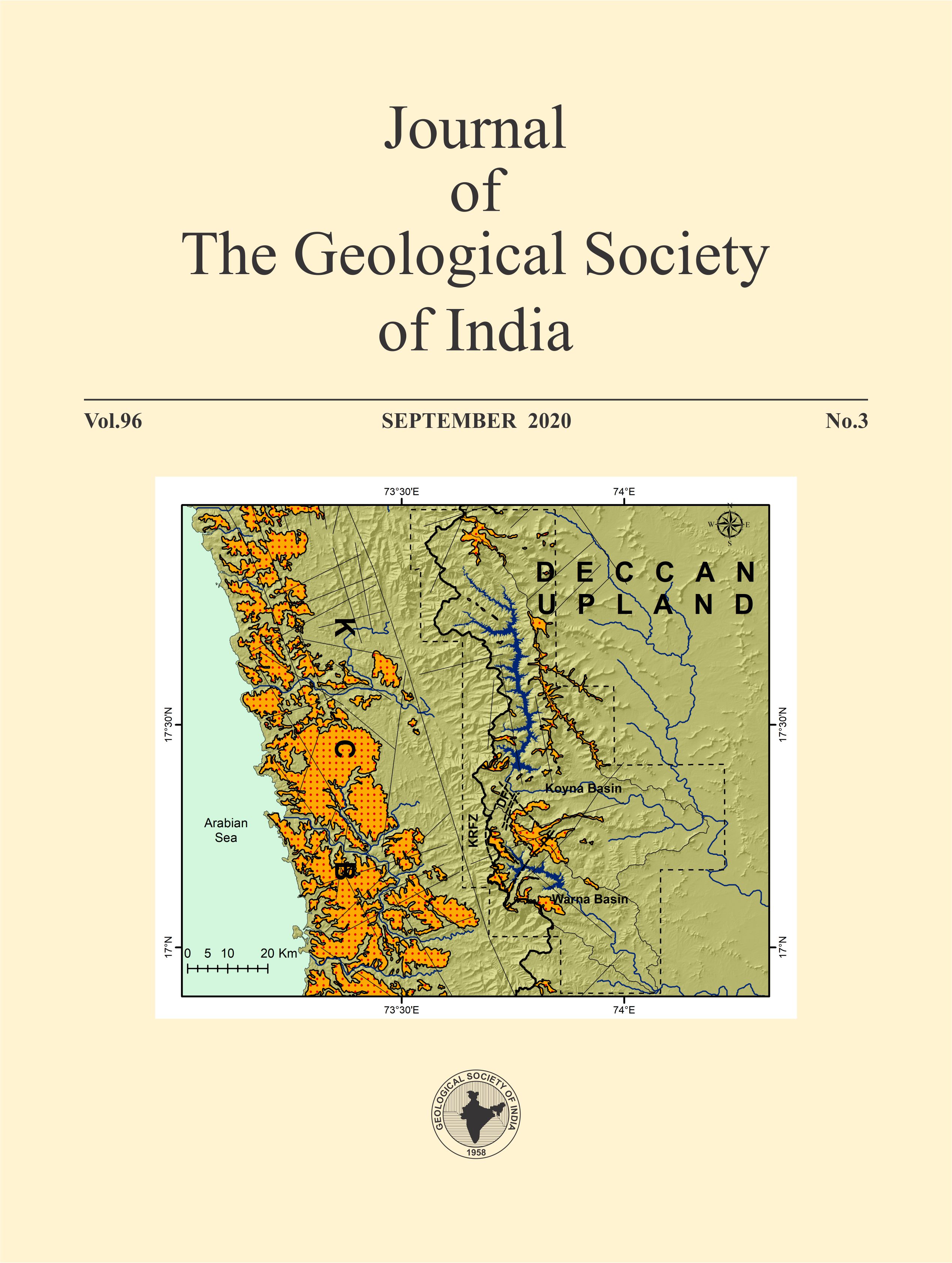Role of Energy Dispersive XRF (ED-XRF) in Development of Rare Earth Element-2, International Certified Standard Reference Material: Ambiguities and Constraints
DOI:
https://doi.org/10.1007/s12594-020-1544-7Keywords:
No keywordsAbstract
The REE-2 is a carbonatite sample with rare earth elements provided from a Canadian mining company and distributed by Canadian Certified Reference Materials (CCRM), Canada. The reference material was provided to participate in the testing process ( round-robin) and CSIR-NGRI, Hyderabad, state of the art analytical technique Energy Dispersive X-ray fluorescence (EDXRF) also contributed to the development of this (REE -2) reference material. In this paper, the efficacy of analytical protocol developed and comparing the results with twenty one industrial, commercial and government laboratories across globe in an interlaboratory measurement program are presented. The CSIR-NGRI, EDXRF analytical facility contribution and steps to overcome during REE-2 development are briefly discussed. This contribution is to highlight the international analytical standards and protocols maintained at EDXRF laboratory vis-í -vis international laboratories.Downloads
Metrics
Issue
Section
Downloads
Published
How to Cite
References
Arif, M. and Sunder Raju, P.V. (2015) Using Certified Reference Materials (CRM's) from Mongolia; Step : Calibration of ED-XRF for Rare Earth Element analysis. 52nd Annual Convention of Indian Geophysical Union, pp104-105.
Brouwer, P. (2010) Theory of XRF: Getting acquainted with the principles, Panalytical BV, The Netherlands, 2010, v.4, pp.60.
De Boer, D.K.G. (1990) Calculation of x ray fluorescence intensities from bulk and multilayer samplesX-Ray Spectrometry, v.19, pp.145154.
Markowicz, A. (2011) An overview of quantification methods in energydispersive X-ray Fluorescence analysis, Pramana, 2011, v.76(2), pp.321– 329.
Remya Devi, P.S., Trupti, A.C., Nicy, A., Dalvi, A.A., Swain, K.K., Wagh, D. and Verma, R. (2015) Evaluation of uncertainty in the energy dispersive X-ray fluorescence determination of platinum in alumina. Anal. Methods, v.7, pp.5345-5351
Thompson, M. (2012) Precision in chemical analysis: a critical survey of uses and abuses, Anal. Methods, v.4, pp.1598-1611.

 P. V. Sunder Raju
P. V. Sunder Raju






